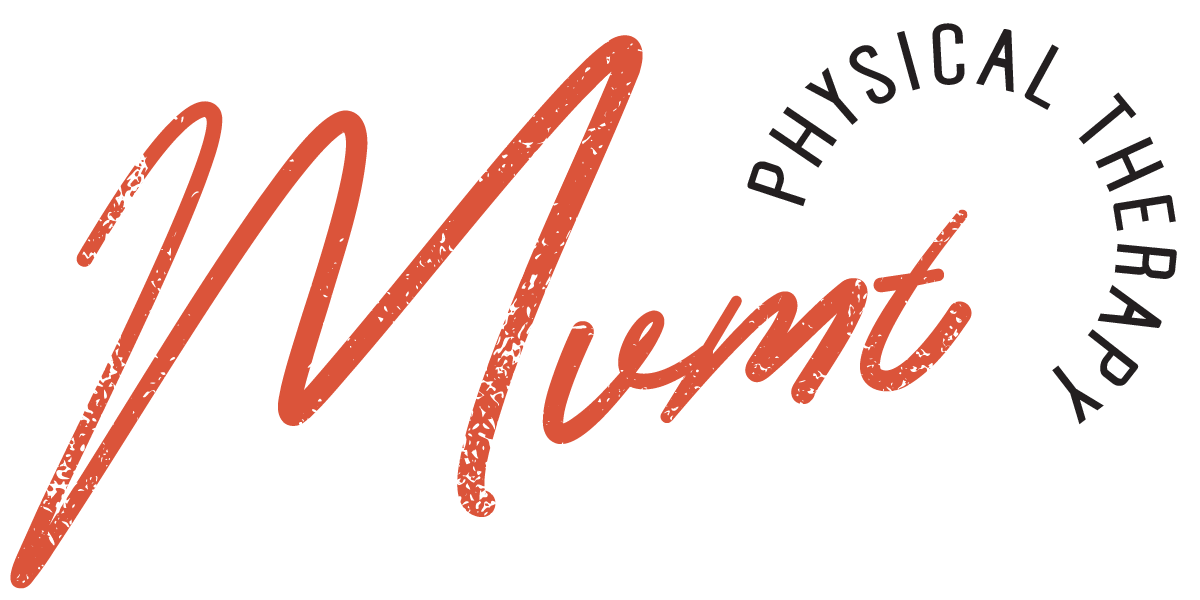Author - Anastasia Belikov, PT, Cert. MDT
Graduated with her DPT in 2017
URL Copied!
Optimize Your Running
TIPS AND TRICKS
Thursday, September 8, 2022
Everyone knows that running is beneficial, but did you know there are different ways to run? Here are four different types of running that you might encounter:
Base Run - this is probably what you are already doing when you go for a run. It’s when you run at your natural speed and distance. Base running is aerobic and can improve your endurance, stamina, and release endorphins to make you happy.
Speed Running - or sprinting, is when you run at a constantly high pace for a short duration. Speed running is the most demanding of the different running workouts. It is great for cardiovascular health and building muscle, but has a longer recovery time than other types of running.
Interval Running - this is where you break your run up into intervals of very fast runs followed by slow runs or break periods. Interval running is the best way to build your endurance and meet any weight loss or muscle building goals. Plus, interval training is the best way to get in a run when you don’t have much time because you can accomplish the same fitness goals in a shorter time period.
Slow Running - this is when you run or jog at a slow, leisurely pace but for a very long distance or time period. Slow runs are the best running workout for burning fat and building endurance. You might also think of this as a recovery run, and should be “easy” on your scale of how hard you’re working.
The 2 most frequent follow-up questions when people start running are what is the best running form, and how do I prevent injuries? The short answer is that it depends. Usually, running form does not need to be drastically changed from what is comfortable, unless it is causing or contributing to injuries. Also, keep in mind that your running form from a slow pace to a sprint will change due to your increase in speed.
Studies that examined the biomechanics of running show that more research is needed to optimize the running form, but here are some conclusions:
Study 1 (2018) -
To decrease impact intensity and kinetic energy loss, it is better to land with a forefoot strike, rather than a rear-foot strike.
Runners with a rear-foot strike had more repetitive overuse injuries as compared to forefoot strike runners
Overstriding causes increased impact intensity and may be the key risk factor of running injuries
Study 2 (2019) -
Barefoot running had decreased impact forces, shorter stride length, and shorter foot-ground contact times
Forefoot strike running decreased the load at the knee
No evidence suggested forefoot vs rear-foot running are directly related to injury
To help support different running styles, and provide as much comfort as possible, it is important to ensure you have the correct shoes. Everyone has different feet, so their shoe needs will be different. Here are a few considerations:
Increasing the stiffness of running shoes in an optimal range can benefit performance-related variables
Softer midsoles can reduce impact forces and loading rates
Thicker midsoles provide better cushioning, and reduce shock during impact
Minimalist shoes can improve running economy
Since there is not yet an “optimal” running form or shoe, it is best to have your form and feet evaluated by professionals. Bull City Running and Fleet Feet in Durham provide good analysis of your needs when it comes to your shoes, and have a physical therapist assess your running form.
Bencsik, L., & Zelei, A. (2018). Running Form Analysis Based on Impact Dynamics: A Minimally Complex Mechanical Model. Periodica Polytechnica Mechanical Engineering, 63(1), 7–15. https://doi.org/10.3311/ppme.11746
Goss, D. L., & Gross, M. T. (2011). A Survey of Running Styles, Shoe Selection, and Injury Trends. Medicine & Science in Sports & Exercise, 43(Suppl 1), 691. https://doi.org/10.1249/01.mss.0000401915.98164.fb
Zhou, H., & Ugbolue, U. C. (2019). Is There a Relationship Between Strike Pattern and Injury During Running: A Review. Physical Activity and Health, 3(1), 127–134. DOI: http://doi.org/10.5334/paah.45
Sun, X., Lam, W.-K., Zhang, X., Wang, J., & Fu, W. (2020). Systematic Review of the Role of Footwear Constructions in Running Biomechanics: Implications for Running-Related Injury and Performance. Journal of Sports Science & Medicine, 19(1), 20–37. https://www.ncbi.nlm.nih.gov/pmc/articles/PMC7039038/



